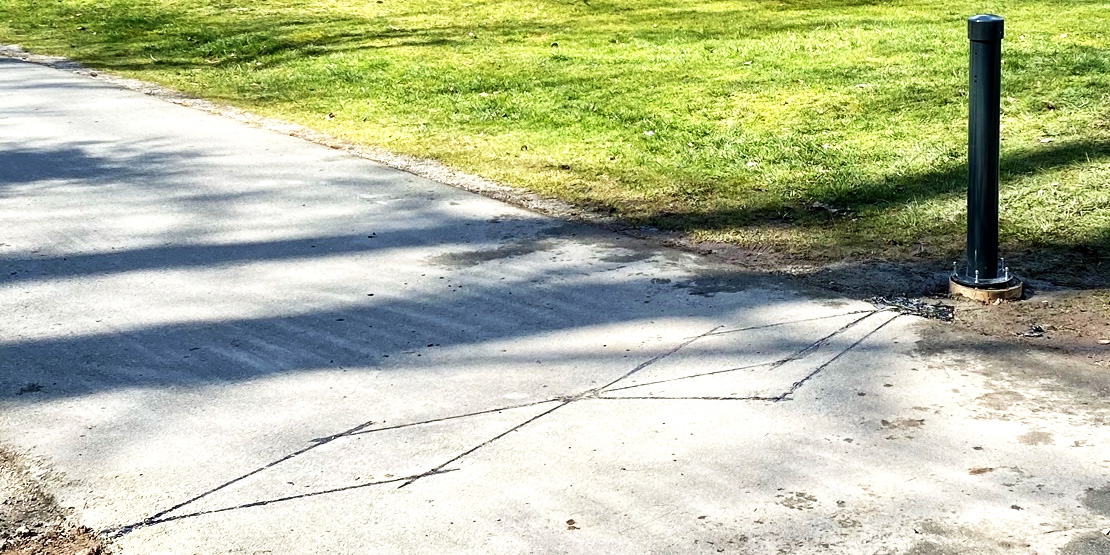Pedaling toward Metro Vancouver’s first-ever Regional Bike Monitoring Program!
Pedaling toward Metro Vancouver’s first-ever Regional Bike Monitoring Program!

Did you know? There are currently no systems in place to consistently track on-the-ground cycling traffic data on a region-wide scale?
With more than 4,600 kilometres of cycling and multi-use paths throughout the region, we’re taking the first step in building a system to see where people are cycling by installing 16 in-ground bicycle counters along key bike and multi-use pathways across nine different road jurisdictions. This will help us begin to collect cycling traffic data in a systematic and reliable way. Together with our municipal partners we can use this data to make future cycling infrastructure and program improvements.
A Regional Bike Monitoring Program is something we’ve been working toward for years, as laid out in our Regional Cycling Strategy. Improved and expanded cycling infrastructure makes it easier for more people to choose cycling as a form of transportation. More cycling helps us with meeting our region’s goals of healthier communities and reducing green house gas (GHG) emissions.
How do the counters work?
You may not even notice these inconspicuous counters that look like nothing more than zig-zags in the pavement! They detect electromagnetic signals from passing bikes to determine the number of bikes on a pathway and their direction of travel. We’ll be installing pedestrian counting poles at some multi-use path locations to see how many people are travelling without a bike.

Where will the counters be located?
For a full list of counter locations, visit the project webpage here!
What are the next steps for the program?
We know 16 counters doesn’t seem like a lot for 4,600 kilometres of cycling paths… but this is just the beginning. This first round of counter installations is step one in getting our Regional Bike Monitoring Program off the ground (or in the ground, technically). We’ll start accumulating data that we can analyze long term and explore future plans to expand the counter network.





